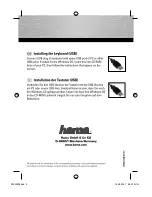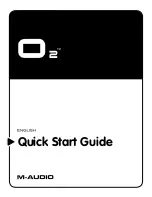
96
4.3 Using the Address Window
This edit box lets you type the direct path of the file name you want to open.
This window also contains the history list for easily accessing recently
opened files or directories.
4.3.1 Editing
When you are in a file or folder list, you can press “Tab” to navigate to the
address window. The Braille Sense U2 QWERTY displays the current path
including the current drive name, such as "flashdisk/download/". When you
edit the path, use the cursor routing keys to move the cursor to the place
where you wish to modify the text of the path. When you first enter the
address window, the cursor is located at the end of the path name.
The address window is only visible when you are in a file or folder list. When
you are in the drive list, the address window is not available.
4.3.2 Typing a Path / File Name
When you relocate the cursor with a cursor routing key, the Braille Sense U2
QWERTY inserts the text at the cursor location. If you know the exact path
and file name, you can type in the path and file name to open the file with the
appropriate application. For example, if you type in "flashdisk/download" in
the address window and press "Enter," the Braille Sense U2 QWERTY
displays the list of the files in the download folder. If you type "flashdisk/My
Documents/sample.txt" in the address window, and press "Enter," the Braille
Sense U2 QWERTY loads the Word Processor, and opens the file
"sample.txt". When the file is open, you can read or edit the file, "sample.txt".
4.3.3 Opening the History List
The history list contains paths, folders, and files that you have opened
previously. You can access the history list from within the address window by













































